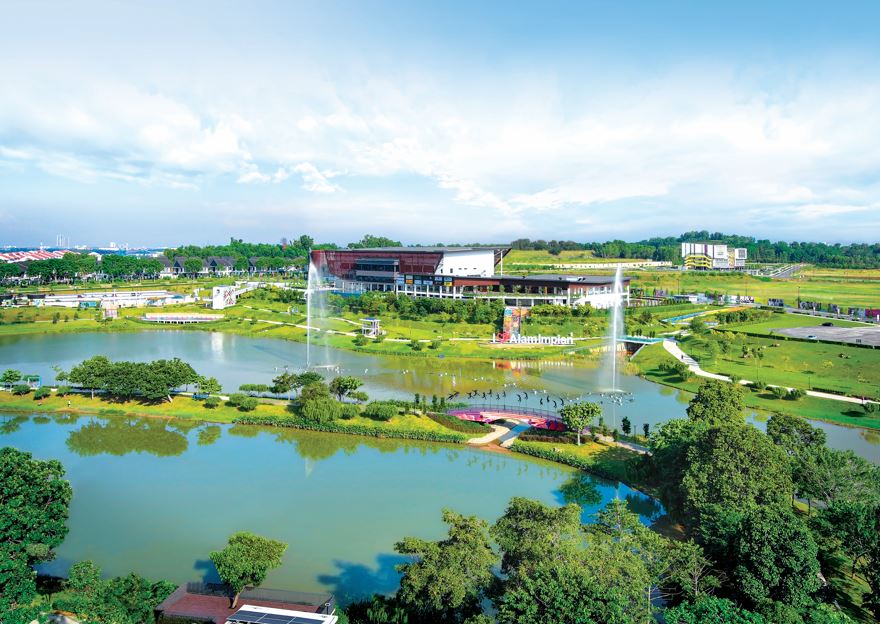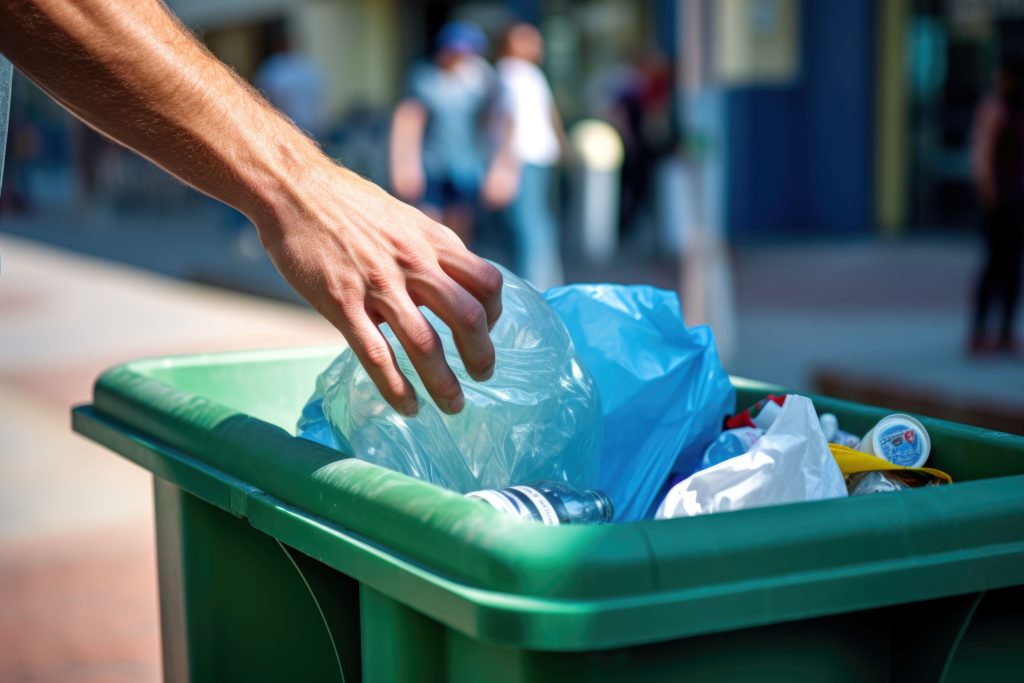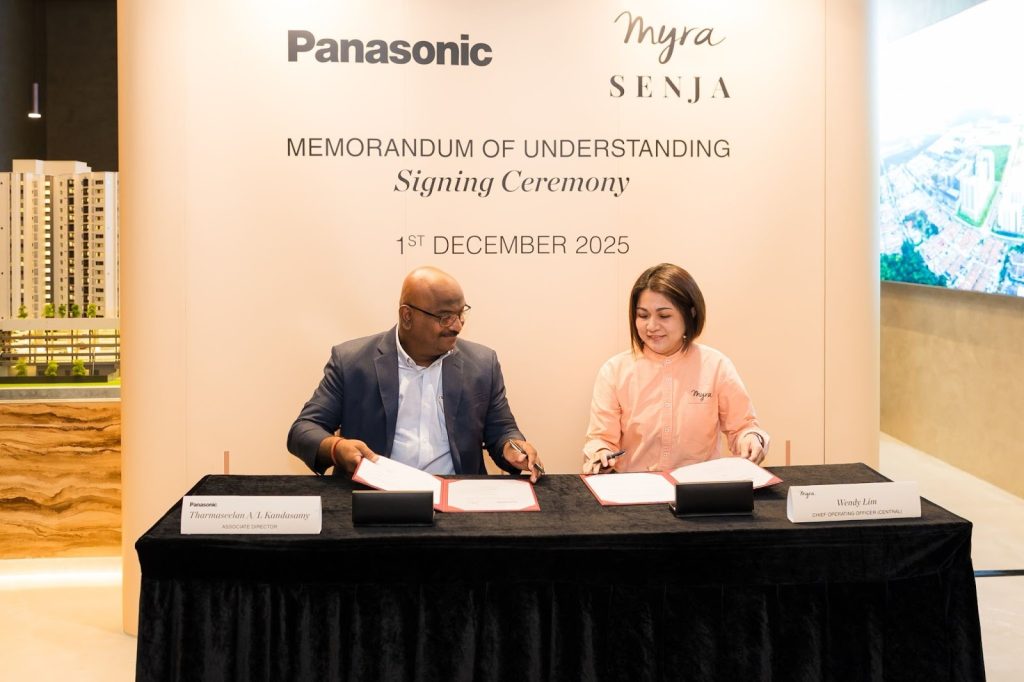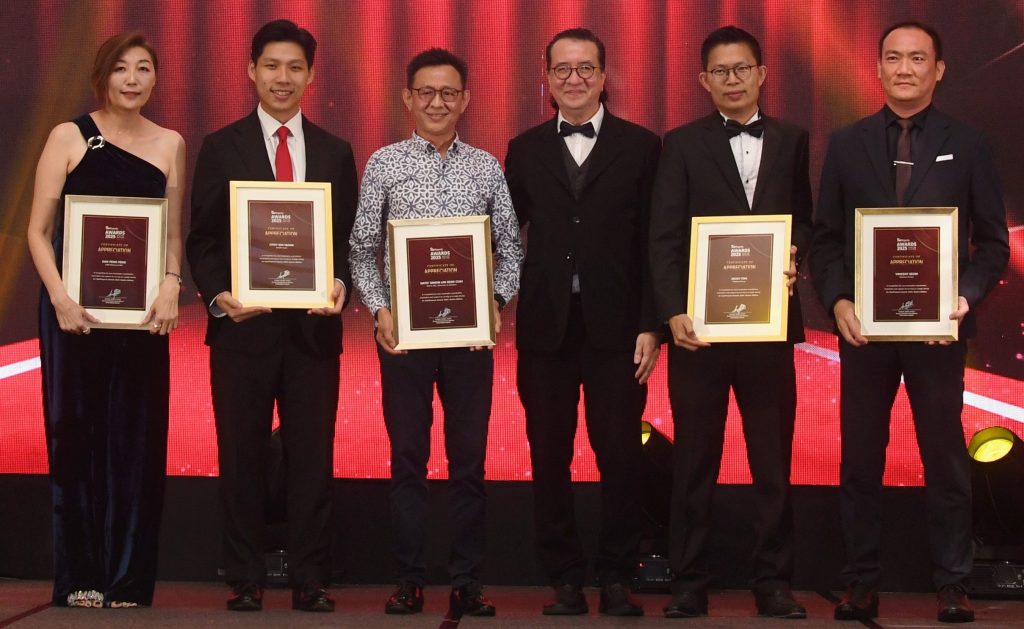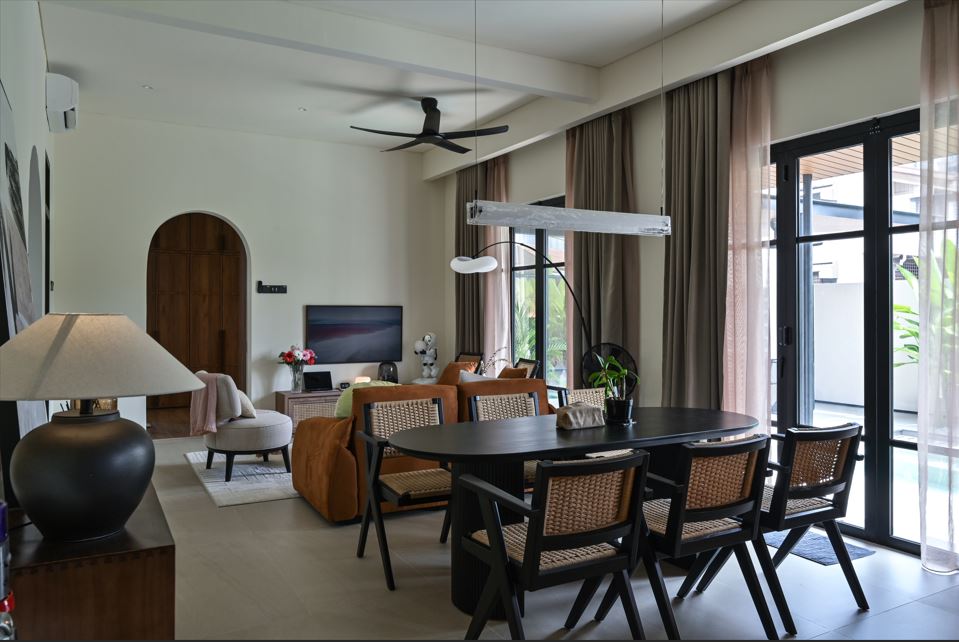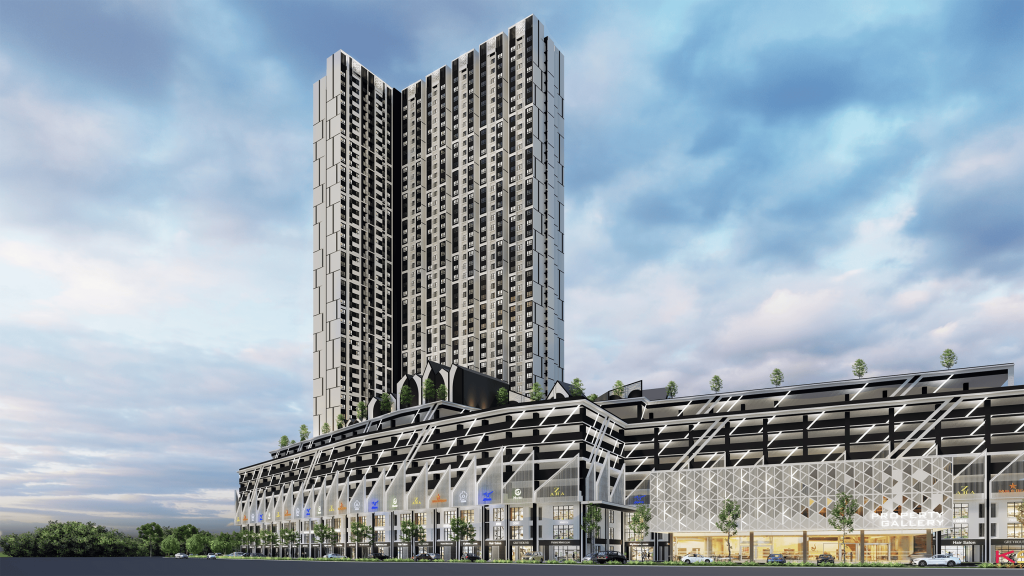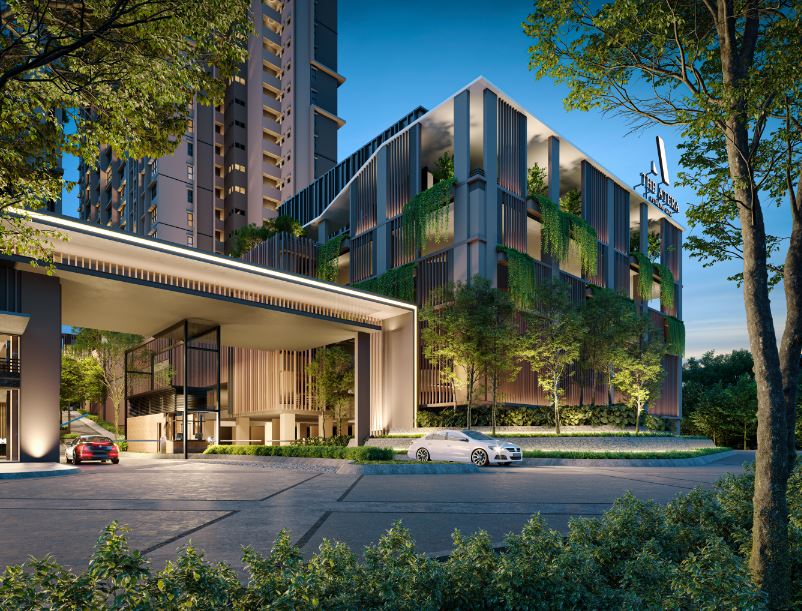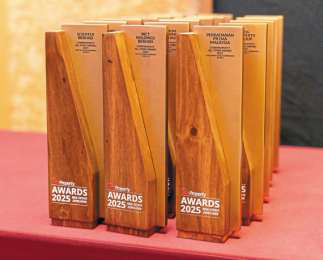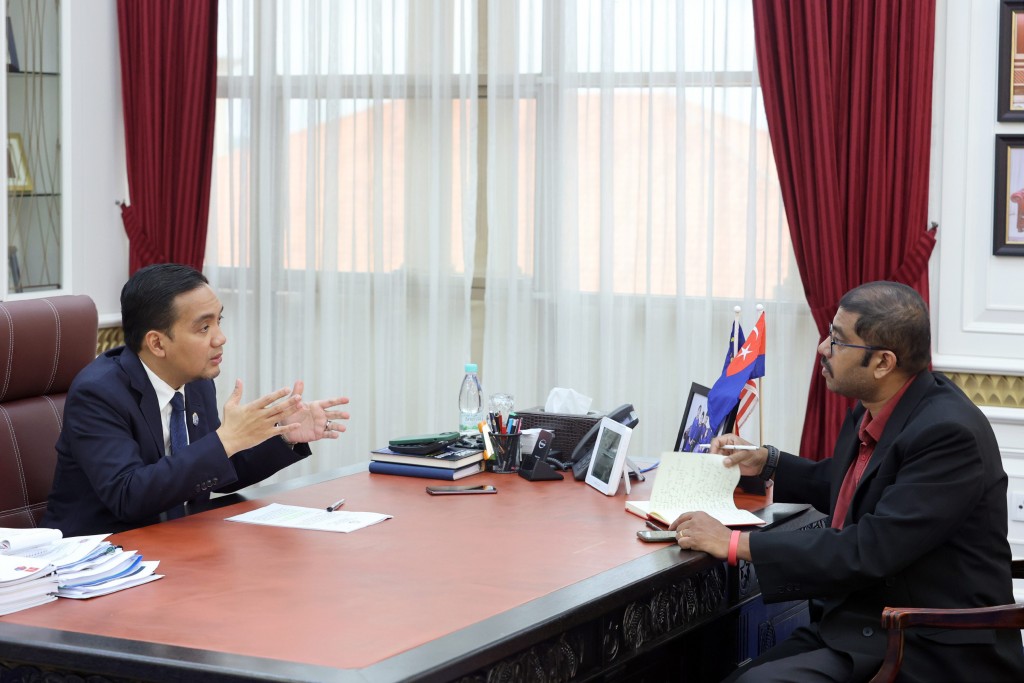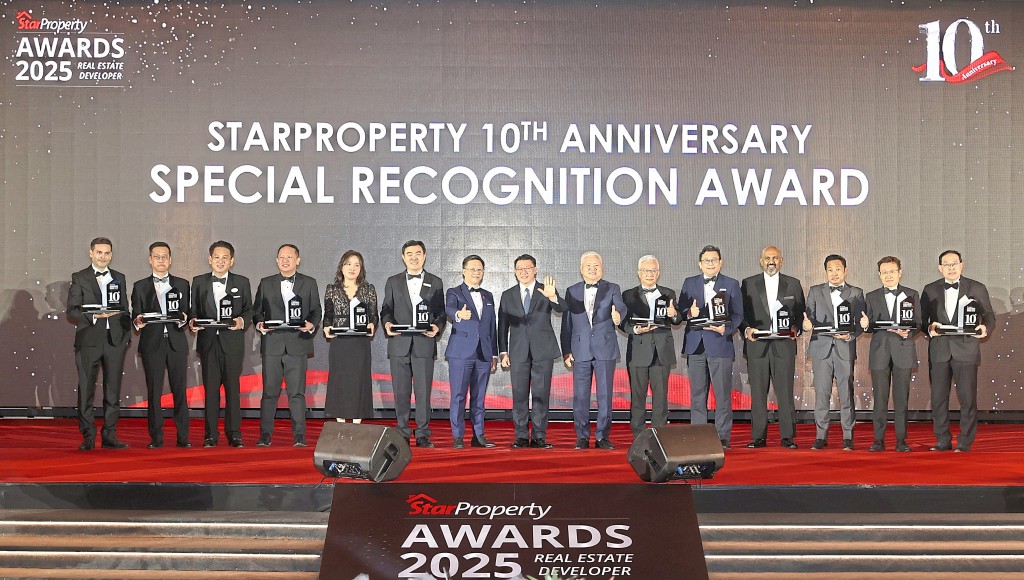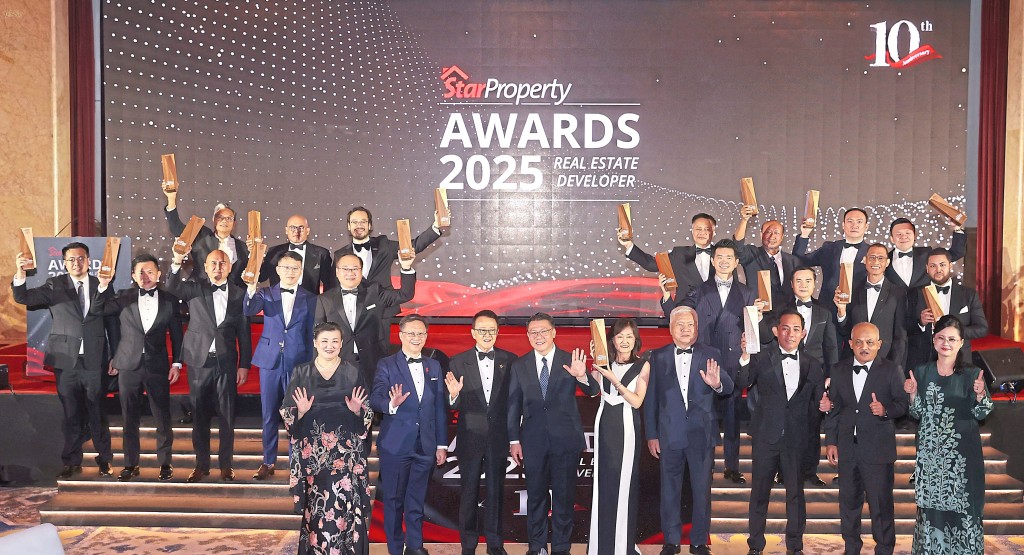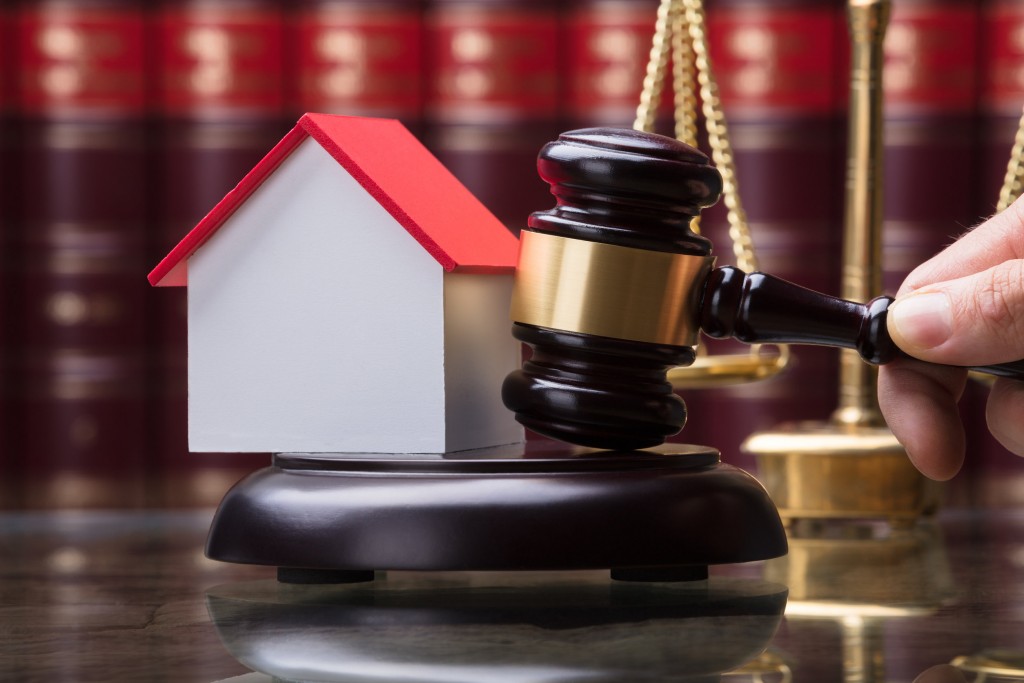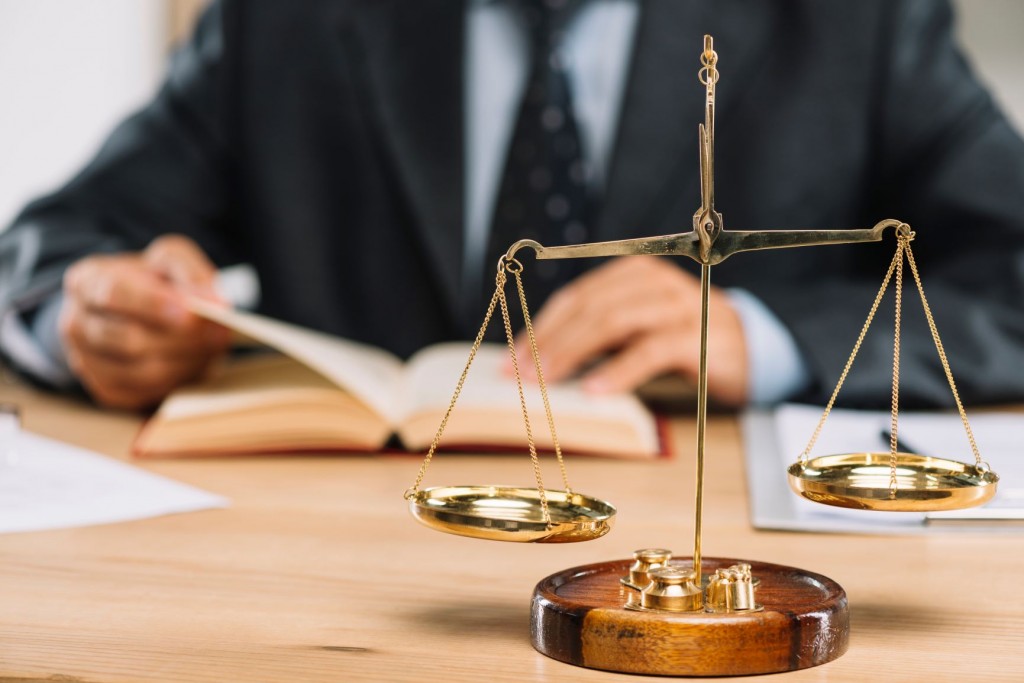
Drones provide unique aerial perspectives that can showcase properties and their surroundings in ways that would surely influence a potential buyer’s decision.
In recent years, cinematic aerial photography and videography have hypnotised viewers, populating YouTube and other social media platforms to bring exciting new perspectives from previously impossible angles.
The technology dates back to 1783 and was used solely for military training purposes but now it is commercially available and used creatively. In the past, drones were used to survey danger zones that would have otherwise posed health risks should a person enter themselves. Over the years, drones are also used in agriculture to pollinate crops or throw water onto small wildfires. Its application spans a wide scope, showcasing the versatility of drones, which can be utilised for nearly everything—including property-related tasks.
Drone property photography is a growing industry offering fresh perspectives and marketing advantages to real estate agents and property developers. The thing is, operating drones in Malaysia comes with its own set of regulations and restrictions. Drones have been a massive changer for the Malaysian property industry and have levelled up their quality of marketing. So, diving into the legal framework surrounding drone property photography in Malaysia, outlining the dos and don'ts and also exploring the potential of this technology should be interesting.
Property photography
In the context of drone property photography, operators need to keep in mind certain considerations. Privacy concerns are of utmost priority when flying a drone and operators must adhere to privacy laws to avoid capturing pictures or videos of individuals without obtaining their consent. Moreover, the handling of collected data and imagery should comply with data protection regulations, ensuring that all information is managed responsibly.
Respect for property rights is crucial, meaning drone operators must seek and obtain necessary permissions before flying over private property. Otherwise, they might not even get their drone back if someone nabs it as revenge and dismantles it for parts to sell.
Despite the regulatory framework governing drone operations, drone property photography offers several awesome advantages for the real estate industry. Drones provide unique aerial perspectives that can showcase properties and their surroundings in ways that would surely influence a potential buyer’s decision.
Drones are also effective at highlighting the features of a property, including its size, layout and nearby amenities, which can differentiate it from competitors. Unique and visually engaging imagery can attract more interest from potential buyers, ultimately increasing buyer engagement and interest in the property. Additionally, drone photography can be a more time-efficient and cost-effective alternative to traditional property photography methods, streamlining the process for real estate professionals.
Developers take advantage of modern technologies like these, using drones to capture high-quality aerial footage and imagery to significantly enhance marketing materials. While property listings, brochures and virtual tours become more appealing to potential buyers, so too does the developer’s reputation and impression from potential buyers grow.
Aviation legalities
In the landscape of Malaysian aviation, the Malaysian Civil Aviation Authority (CAAM) plays a crucial role as the governing body overseeing civil aviation activities, including the operation of drones. With a firm commitment to safety, CAAM has established a comprehensive set of directives and guidelines that govern drone operations in Malaysian airspace.
Imagine a passionate drone enthusiast eager to explore the world of aerial photography for commercial purposes. Before taking flight, however, they must secure a remote pilot certificate (RPC). This certification isn’t just a formality. It represents a significant achievement requiring completion of an approved training course, along with passing both theoretical and practical examinations. Through this process, aspiring pilots chasing their dreams of becoming Maverick with his Super Hornet demonstrate their understanding of essential aviation principles, air traffic regulations and safety protocols.
But knowledge alone is not enough. Safety is paramount in drone operations and operators are required to adhere to specific guidelines to ensure responsible use. One fundamental rule is maintaining a visual line of sight (VLOS) at all times. This means that the operator must keep the drone within their clear view, avoiding any scenarios where the drone disappears from sight. Operating beyond visual line of sight (BVLOS) is generally prohibited, with exceptions only available under special circumstances and with prior approval from CAAM.
Location no-gos
In Malaysia, certain areas have been designated as no-fly zones due to security concerns, according to Drone Academy Malaysia. These include key locations such as Putrajaya, Kuala Lumpur City Centre (KLCC), the Parliament and Istana Negara. Moreover, any government facility that is inaccessible to the public, like police stations, prisons, government offices and military installations may also be classified as no-fly zones.
Drone operators are not permitted to fly in areas where emergency services are active, which includes hospitals and fire stations. This ban also applies to places where emergency responders are engaged, such as scenes of crimes or accidents. Operating a drone too near these sites could hinder their vital work and result in legal issues under Section 186 of the Penal Code.
Drones are also not allowed to be flown in restricted airspace, including areas near airports, military installations and designated no-fly zones. Operators should also avoid congested areas, people, vehicles and structures to prevent accidents. In certain cases, they may need to acquire specific permissions or approvals from relevant authorities, such as local councils or landowners.
The future of drone property photography
As advancements in technology and the increasing popularity of aerial imagery continue to transform the real estate market, the future of drone property photography in Malaysia hinges on a balance between technological advancements and regulatory oversight. As drone technology continues to evolve, so too will the regulatory landscape. CAAM is likely to introduce new guidelines and regulations to keep pace with the evolving technology and ensure safe and responsible drone operations.
Technology mergers
Furthermore, the integration of drone technology with other emerging technologies, such as virtual reality (VR) and augmented reality (AR) is in the works to boost the already immense potential for the real estate industry. Imagine potential buyers experiencing a virtual walkthrough of a property from a bird's-eye view or visualising potential renovations and additions using AR overlays. These applications can revolutionise the property viewing experience and enhance the decision-making process for buyers.
Drone property photography is an awesome opportunity for the Malaysian real estate market. By adhering to the legal framework and operating responsibly, drone operators need only mish-mash buttons on the controller to capture stunning aerial imagery to give unique marketing advantages to real estate agents and property developers. As technology continues to evolve and regulations adapt, drone property photography is set to become an increasingly integral part of the real estate landscape in Malaysia.
This article was first published in Starbiz7.
Stay ahead of the crowd and enjoy fresh insights on real estate, property development and lifestyle trends when you subscribe to our newsletter and follow us on social media.

